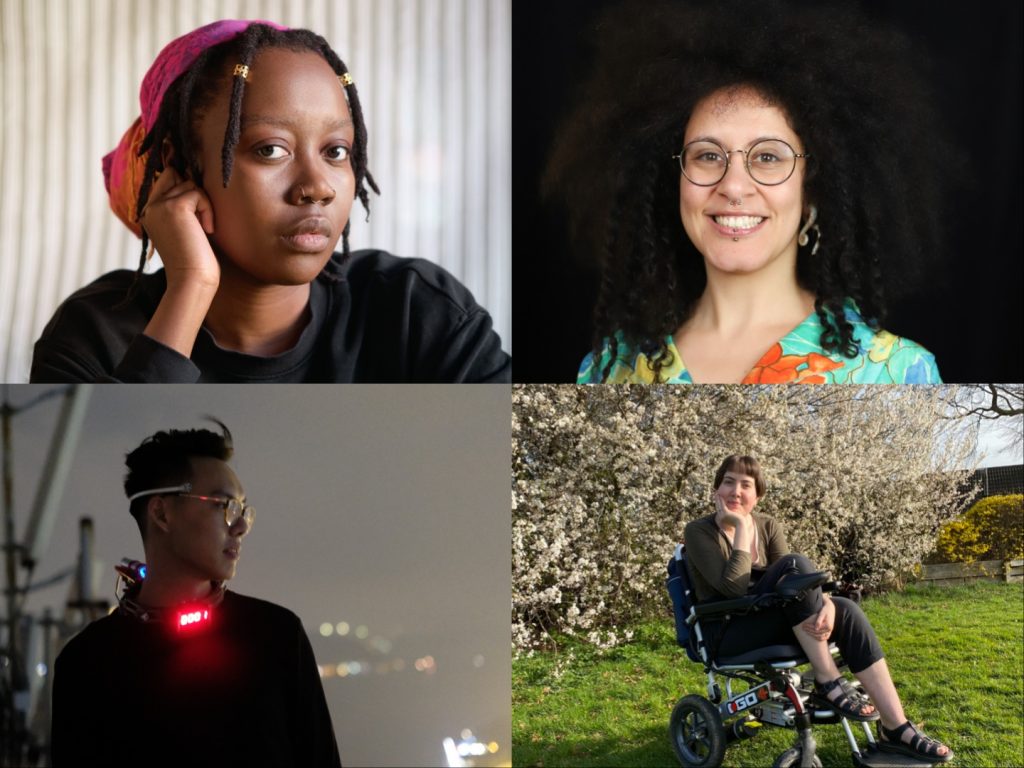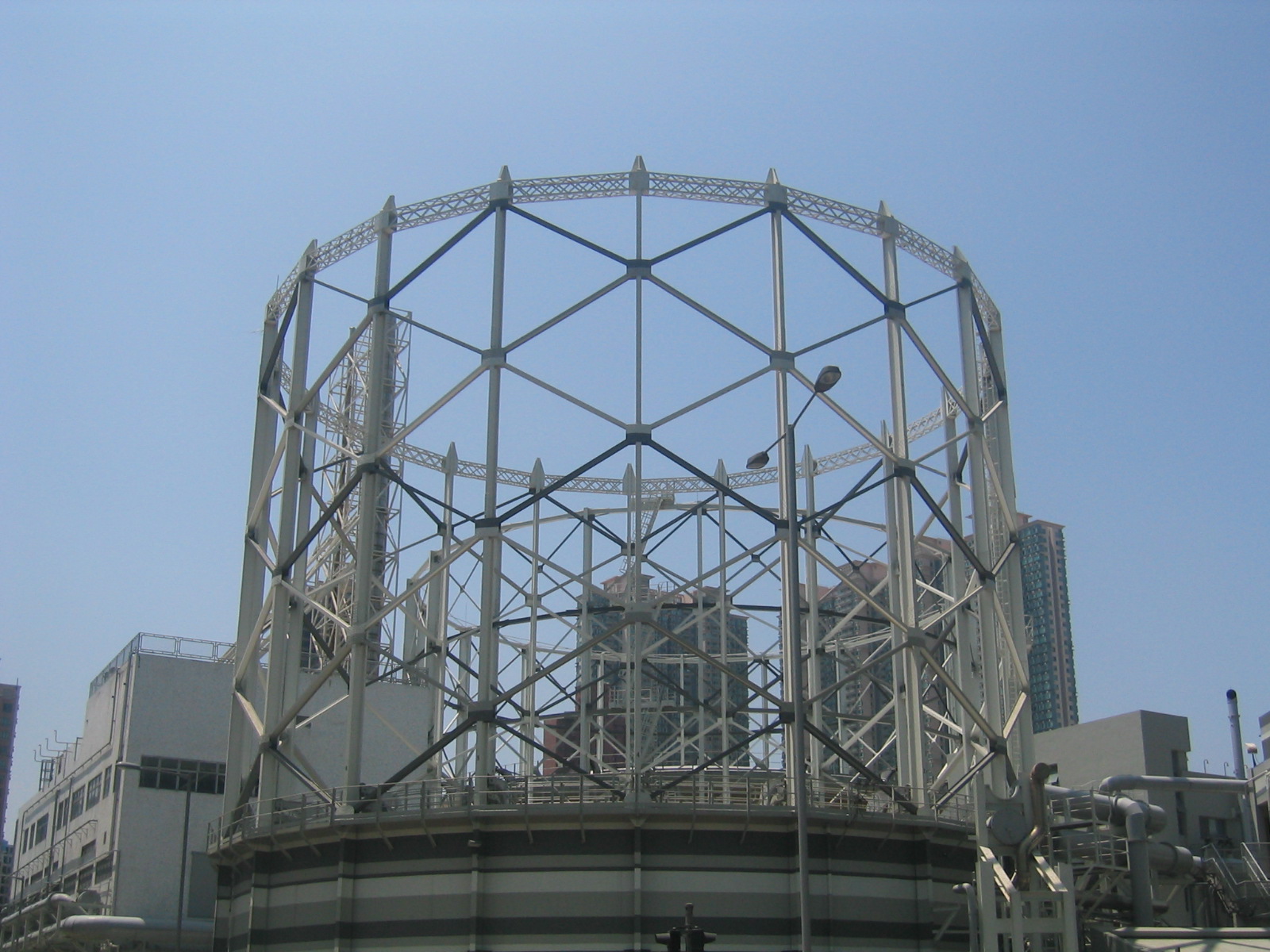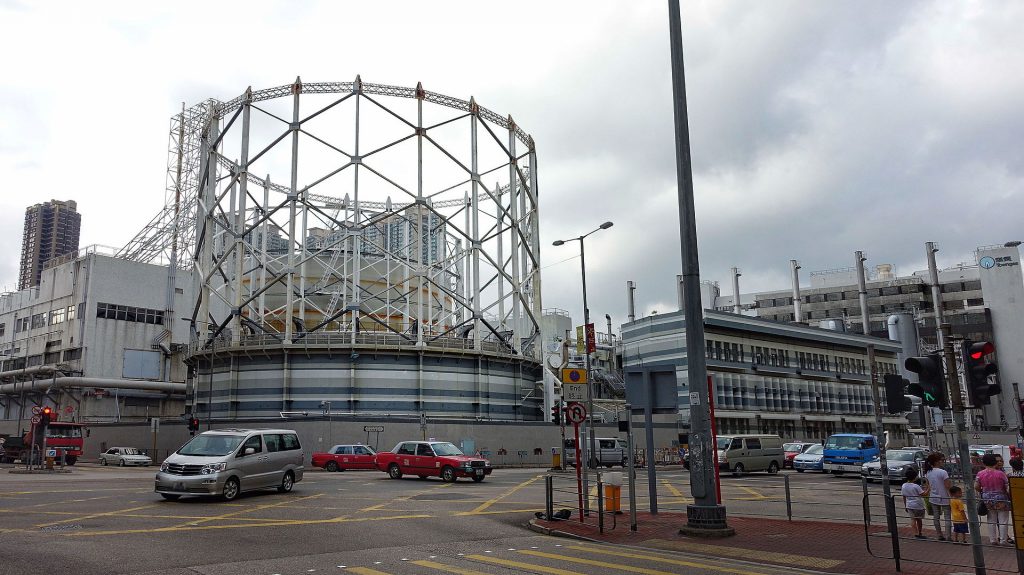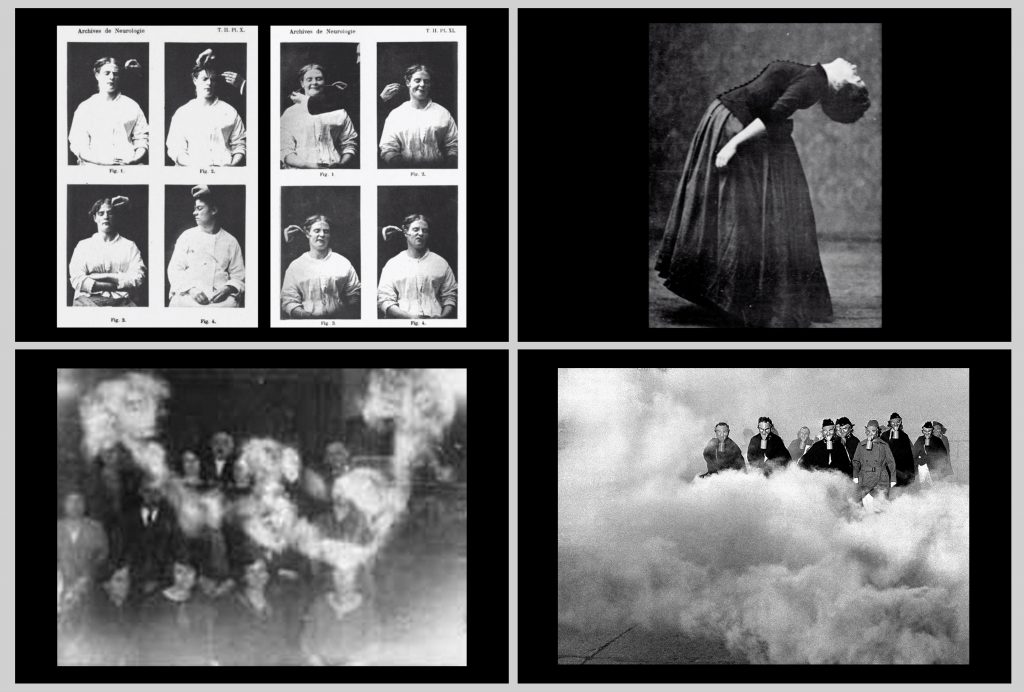
For the tenth Vital Capacities‘ residency, we partner with Unlimited, Videotage (Hong Kong) and Wysing Art Centre (Cambridge) to work with artists from the UK and Hong Kong. From 1 June, artists Shrouk El-Attar, Bella Milroy, Jameisha Prescod and James Kong King-sin will join Vital Capacities, to undertake research and develop new work. Working with our partners, they will explore and exchange new ideas using their studio spaces, and create new work throughout the residency.
Continue reading “Residency June 2024 – meet the artists”

